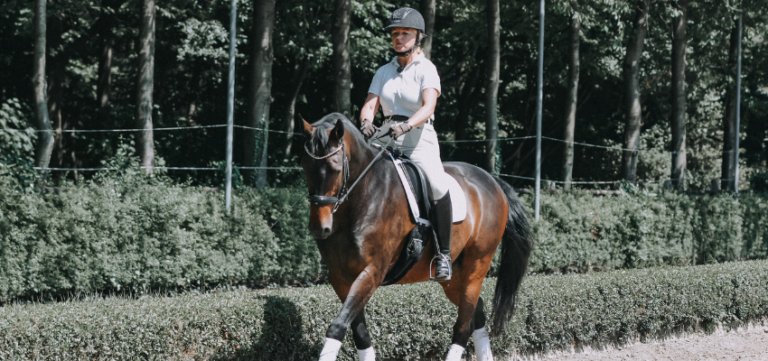
Get to know… Riding Well Explained with Britta Schöffmann
Britta Schöffmann is a horse trainer with all her heart. Everyone who sees her teaching, whether live and in person, or on our instructional videos,

Britta Schöffmann is a horse trainer with all her heart. Everyone who sees her teaching, whether live and in person, or on our instructional videos,
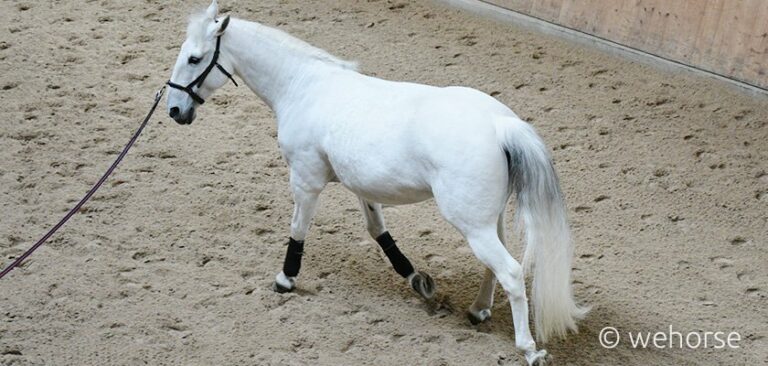
Every horse is born unbalanced. If things go wrong on their own in the pasture, the horse can usually figure it out. However, when the

The horse spine and back are one of THE most important parts of the body and are at least as sensitive as our own. If
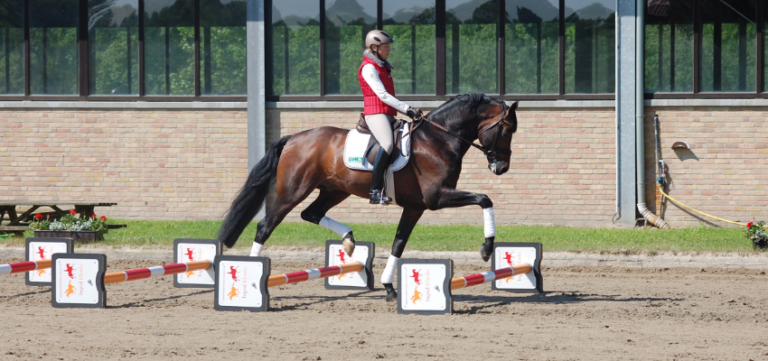
Table of Contents What is Cavaletti? Why is Cavaletti training important for your horse? How much Cavaletti training is good for your horse? What are
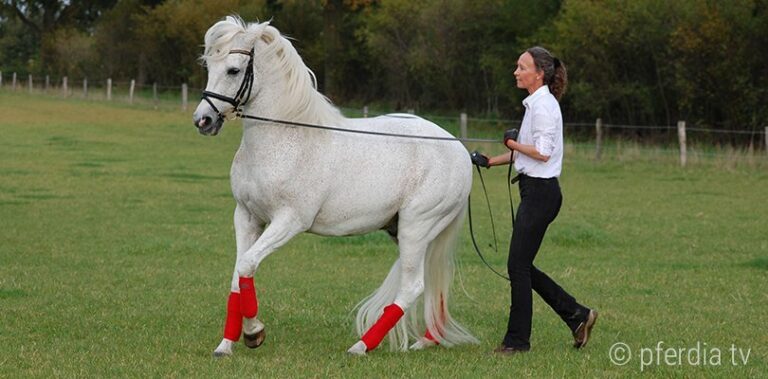
Working on long reins is a fascinating and supreme discipline of classical horse training. This requires a lot of trust between horses and humans because
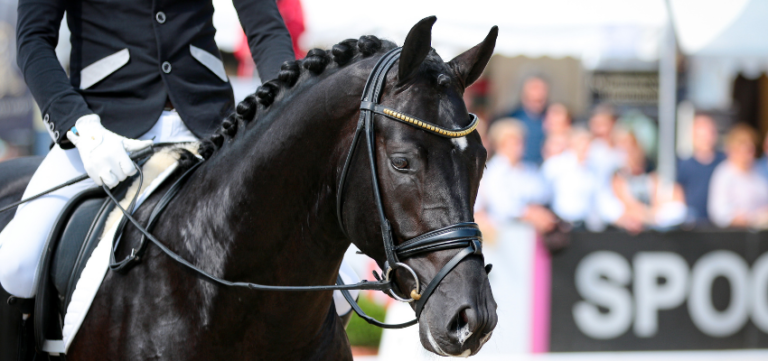
It’s time to train your eye for horse-friendly training! There has been criticism of dressage for years, and not always without reason… All too often
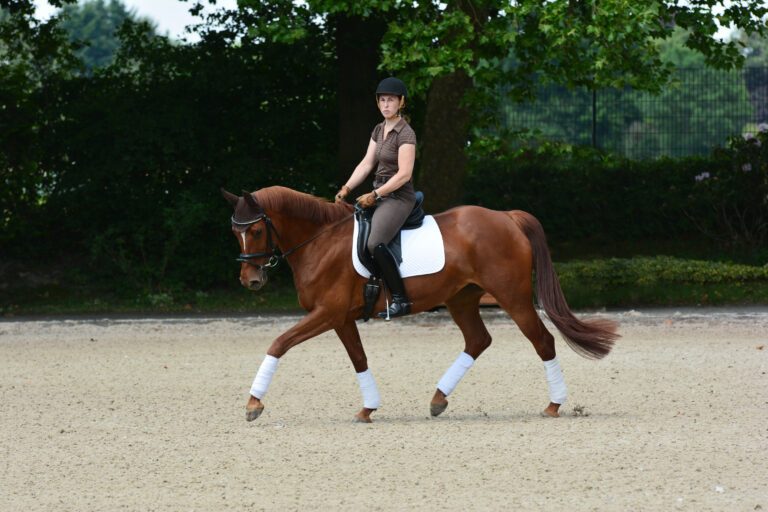
The basis for all riding: without flexion there is no bend, and without bending there is no straightening and gymnastics. So it’s important to learn
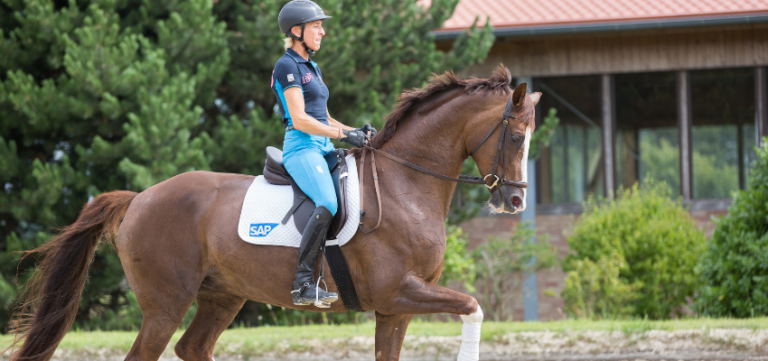
“Real” momentum in dressage not only looks good, it is also a test of proper training. In this article you will find out what a correct swing looks like, how you can improve your horse’s swing, and which five rules you should definitely keep in mind when developing swing.
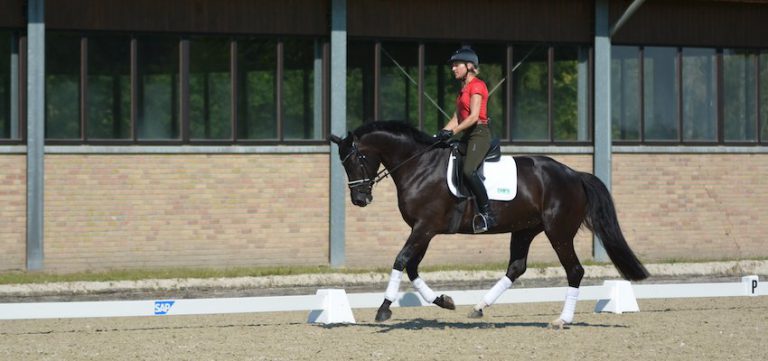
Find out about the biomechanics behind the canter of your horse and understand what to do in order to ride and sit the canter better and also how to improve this gait.
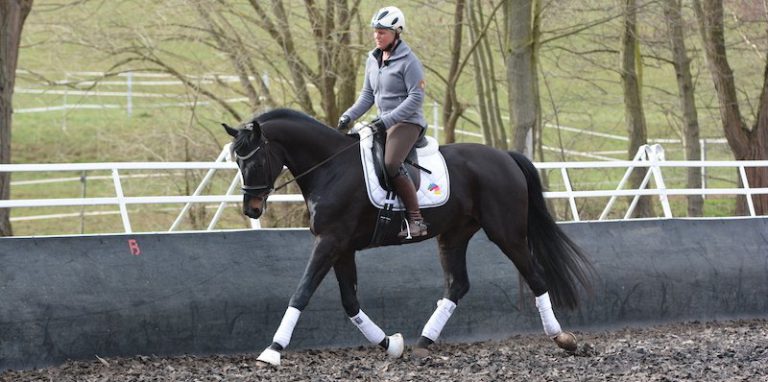
The rider has three aids that connect him to his horse and that serve as means of communication: The leg aids, the weights aids and the rein aids.
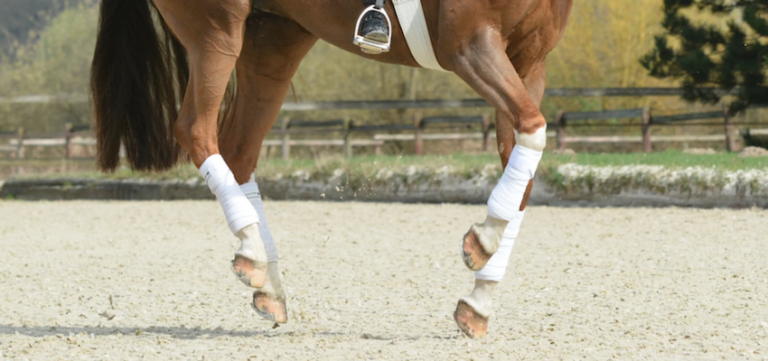
Flying changes are either inevitable in the jumping course or the next step to a more advanced dressage level. Either way, it is a wonderful feeling for the rider when the horse changes leads in canter by jumping energetic and powerful into the new direction.
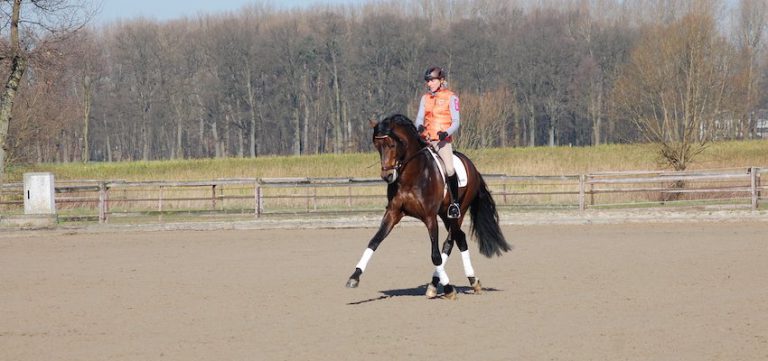
Competitions can and should be fun for horse and rider and also a great addition for training and overall progress. This article wants to inform you about how riding a dressage test can be successful and fun.
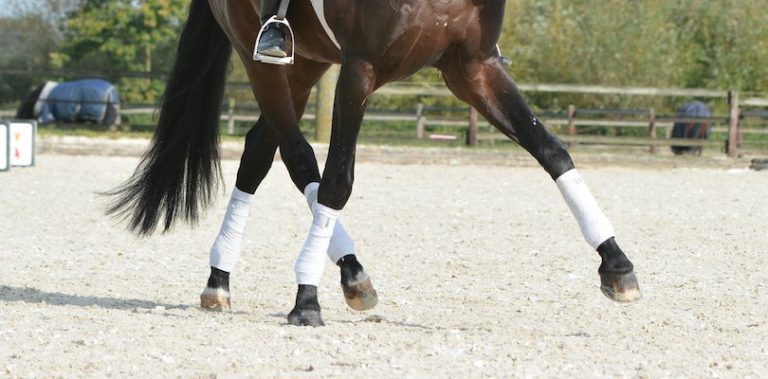
The first-time seeing dressage in action is much like watching magic. The complexity and discipline required to execute such intricate, sophisticated patterns and maneuvers is almost unbelievable.
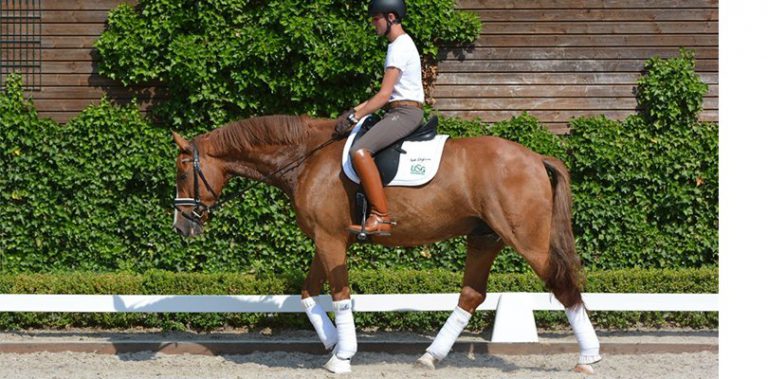
Everyone talks about how stretching forward and downwards towards the bit is good for the horse, but actually being able to do it correctly is not so easy.
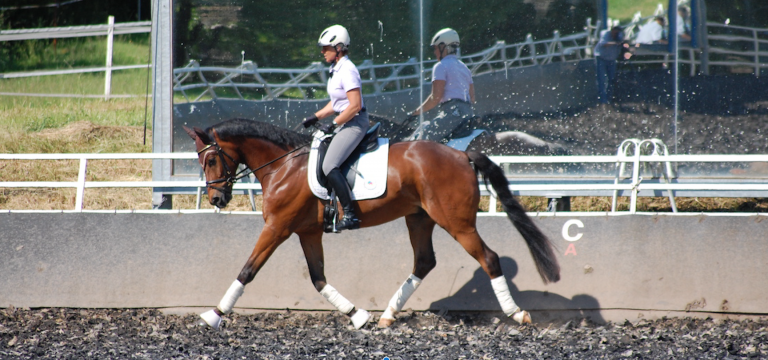
Correct impulsion isn’t only meant to look nice in the dressage arena, it’s also a requirement of correct dressage training.
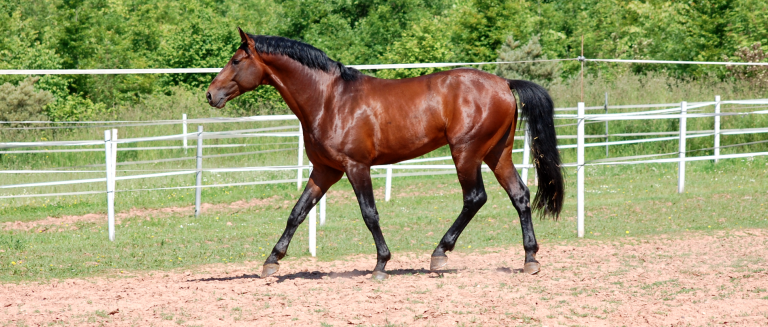
In this article you will find out why paying more attention to your training in walk will help your riding, with the likelihood of making more advanced movements easier to ask for and achieve.
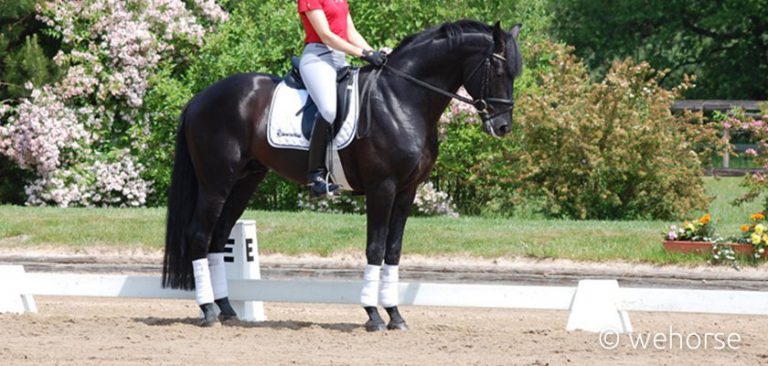
There’s one thing that can help you collect extra points at your next dressage test: riding a good dressage halt! That’s because a good halt counts as much as other “more difficult” dressage skills.
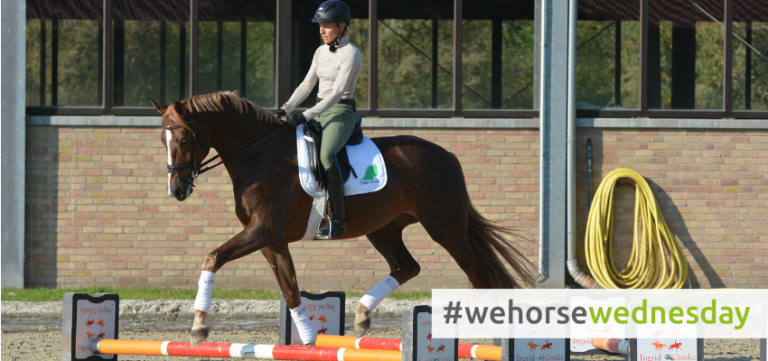
Cavaletti exercises are a great opportunity for horses of all ages and levels to get in some gymnastic work.